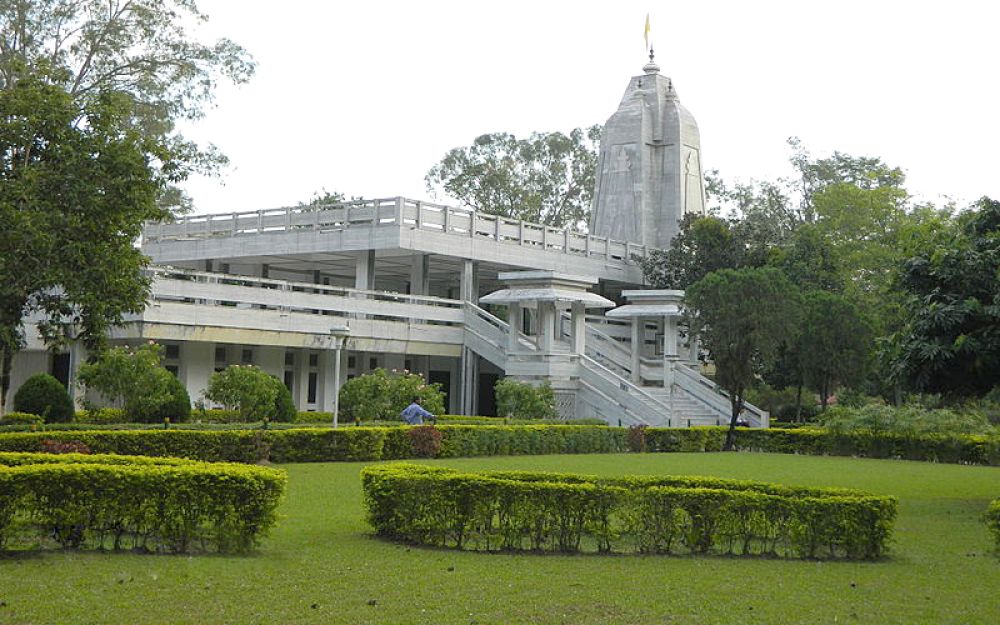

The Radha Krishna Temple, situated in the charming town of Dibrugarh in Assam, is a spiritual beacon that attracts devotees from all over the region. This temple, dedicated to Lord Krishna and his beloved Radha, showcases the rich cultural tapestry and religious legacy of Assam. Though the exact date of its foundation isn't well-documented, it's known to have stood as a hallmark of devotion for many years, with locals and tourists alike drawn to its serene ambiance and spiritual aura.
Historically, the Radha Krishna Temple has been a focal point for the local community, serving not only as a place of worship but also as a cultural hub. Over time, the temple has gained prominence on the tourism map of Assam, attracting visitors keen on exploring the region's spiritual traditions. As tourism in Assam expanded, the temple's fame grew, benefiting from the state's initiatives to promote religious and cultural tourism.
The temple's importance in the religious tourism circuit has been acknowledged by various travel guides and entities that specialize in spiritual journeys. Every year, devotees congregate at the temple during major festivals like Janmashtami, celebrating the birth of Lord Krishna, which has become a significant draw for tourists seeking unique cultural experiences.
In recent years, there's been a notable shift towards experiential and sustainable tourism. Visitors to Dibrugarh and the Radha Krishna Temple are no exception, with an increasing interest in not just witnessing but also participating in local customs and day-to-day temple activities. This hands-on approach allows tourists to immerse themselves in the culture and spirituality of the place.
Additionally, the rise of digital and social media has had a substantial impact on how destinations like the Radha Krishna Temple are marketed and experienced. Virtual tours, online darshans, and cultural blogs have opened up new avenues for people around the world to connect with the temple, fostering a global community of devotees and curious travelers.
Tourism development in the region has been strategic, focusing on not only preserving the sacredness of sites like the Radha Krishna Temple but also ensuring that influx of tourists contributes positively to the local economy and community. Efforts are consistently made to ensure that tourism growth is balanced and respectful of the area's ecological and cultural sensibilities.
When visiting the Radha Krishna Temple, tourists can expect to experience a blend of tranquility and spiritual joy. The temple’s architecture is a sight to behold, and its peaceful surroundings offer a welcome respite from the bustle of daily life. Devotees and tourists alike find peace and solace in the chanting of mantras and the sacred rituals that are performed daily.
Travelers are encouraged to respect local customs, dress appropriately, and participate in the traditions and practices, such as offering prayers and receiving prasad (consecrated food). The best time to visit would be early in the morning or during the evening aarti (worship with fire) when the temple comes alive with devotional fervor.